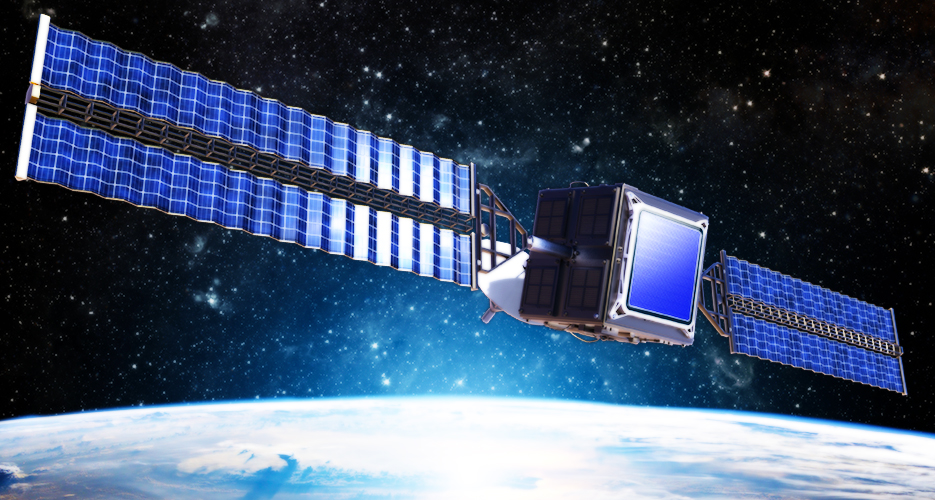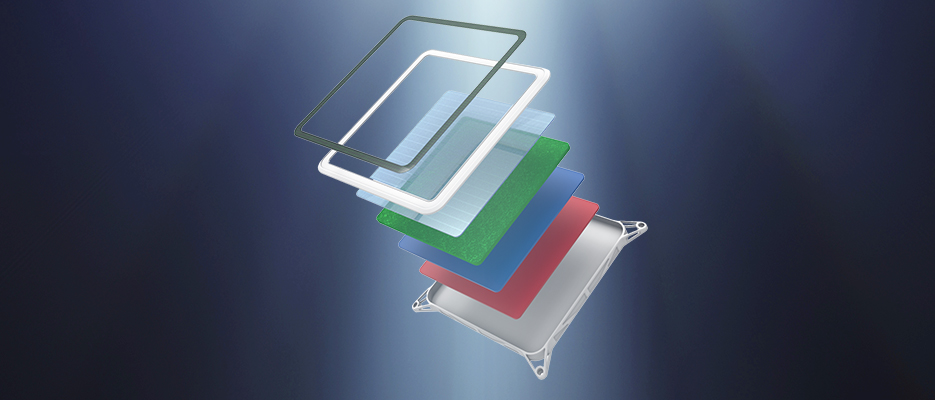Lockheed Martin wants to shrink space telescopes, increase power
Lockheed Martin is now working on a technology that can shrink a telescope’s size, while making it even more powerful for applications in high-resolution space imaging.

In order to capture better photographs of space happenings millions of miles away, astronomers would need even bigger telescopes. The problem with increasing the size of space telescopes is that they became too large to launch into orbit.
That’s where Lockheed Martin comes in.
“We can only scale the size and weight of telescopes so much before it becomes impractical to launch them into orbit and beyond,” said Danielle Wuchenich, senior research scientist at Lockheed Martin’s Advanced Technology Center in Palo Alto, California. “Besides, the way our eye works is not the only way to process images from the world around us.”
In order to solve the issues that come along with better imaging techniques, Lockheed Martin scientists are employing a process called interferometry, which uses thin, tiny lenses to capture what you’re seeing as opposed to large arrays that are currently used to collect data and create high-resolution images of space objects.
The new technology, called Segmented Planar Imaging Detector for Electro-optical Reconnaissance (SPIDER), employs hundreds to thousands of tiny lenses that feed silicon-chip photonic integrated circuits (PICs) to combine the light in pairs to form interference fringes.

The amplitude and phase of the fringes are then measured to construct a digital image.
This method increases photo resolution, but keeps the entire package thin and compact.
According to Lockheed Martin, SPIDER could reduce the size, weight and power needs for telescopes by 10 to 100 times and impact commercial and government satellites.
“What’s new is the ability to build interferometer arrays that have the same number of channels as a digital camera,” said Alan Duncan, senior fellow at Lockheed Martin. “They can take a snapshot, process it and there’s your image. It’s basically treating interferometer arrays like a point-and-shoot camera.”
The Lockheed Martin technology has been funded by the Defense Advanced Research Projects Agency (DARPA), but is still in the beginning phases of development. Scientists estimate that it could still be another five to ten years before the technology is ready to be used.
The team envisions that SPIDER could simply be mounted to the side of a spacecraft in the future and enable new discoveries on planets like Saturn and Jupiter.
Story via Lockheed Martin.


Comments are closed, but trackbacks and pingbacks are open.